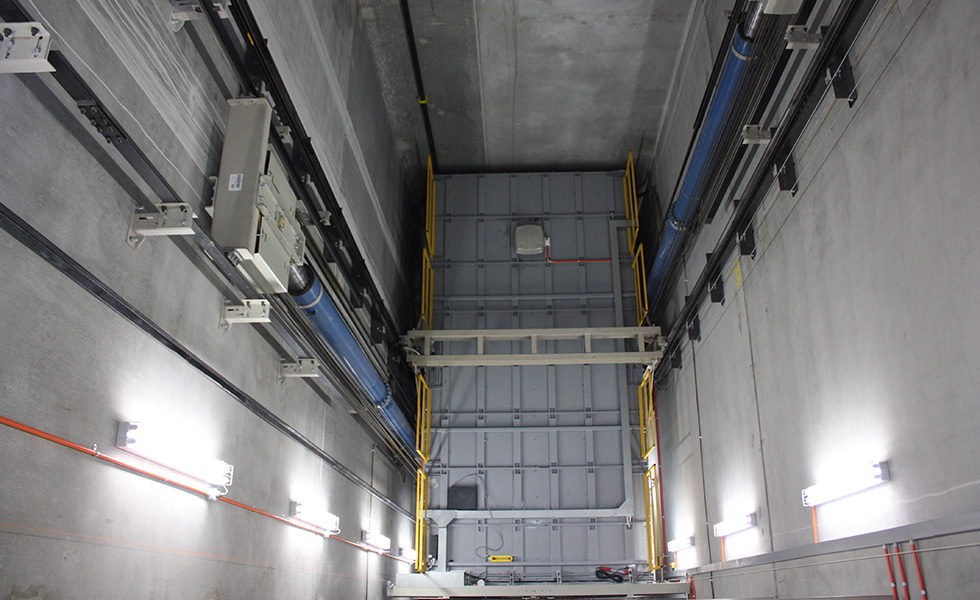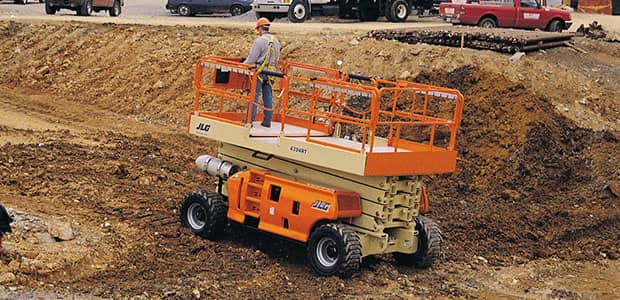An Extensive Approach to Enhancing Efficiency Through Strategic Lift Fixing Techniques
A calculated and methodical method to lift repair and upkeep is essential to take full advantage of performance and minimize downtime. By addressing usual lift concerns, carrying out positive maintenance actions, and creating targeted repair service plans, centers can maximize their lift systems to operate at peak performance degrees.
Value of Lift Performance Optimization
Recognizing the relevance of optimizing lift efficiency is vital for guaranteeing trusted and efficient vertical transport systems in different structures and frameworks. Lifts are important parts of contemporary infrastructure, supplying vertical flexibility for residents and items within buildings of differing heights. By maximizing lift performance, structure owners and center supervisors can improve customer experience, improve power efficiency, and rise overall functional performance.
Effective lift efficiency optimization involves different factors, including rate, capacity, power safety and security, maintenance, and usage requirements. Appropriately maximized lifts can reduce wait times for individuals, specifically in high-traffic structures, leading to enhanced contentment and productivity. Additionally, enhanced lifts add to power financial savings by utilizing advanced control systems and innovations that lessen power intake without endangering efficiency.

Identifying Common Lift Issues
Identifying typical lift concerns is important for preserving the functional efficiency and security of upright transportation systems in buildings. Acknowledging these concerns can assist protect against malfunctions, minimize downtime, and expand the lifespan of the lift devices. One typical trouble that building managers and maintenance groups usually experience is uneven or jerky activities throughout operation. This issue can be a sign of troubles with the lift's motor, control system, and even the positioning of the lift auto.
Another widespread lift problem is unusual noises originating from the lift shaft or equipment room. These noises can vary from grinding or scraping audios to loud clunking sounds, every one of which might signify underlying mechanical concerns that call for prompt interest. Furthermore, regular door malfunctions, such as doors not opening or closing correctly, can interrupt the smooth flow of passengers and pose safety threats.
Applying Aggressive Upkeep Procedures
To enhance the performance and longevity of lift systems, aggressive upkeep procedures play a vital function in guaranteeing operational integrity and safety and security. lift repair. Executing proactive upkeep includes systematically inspecting, maintenance, and repairing parts prior to they fail, hence stopping costly downtime and possible security hazards. Routinely set up assessments can help recognize minor concerns before they rise into significant issues, ultimately extending the life expectancy of lift systems
One key aspect of proactive upkeep is producing a comprehensive upkeep routine based on maker referrals and industry best practices. This timetable should lay out jobs such as lubrication, placement checks, and element substitutes at specified intervals. In addition, implementing problem surveillance methods, such as resonance evaluation and thermal imaging, can help identify very early indicators of wear or malfunction.
Moreover, training upkeep staff on appropriate examination techniques and precautionary upkeep treatments is vital for the successful implementation of positive upkeep measures. By fostering Bonuses a culture of positive upkeep within a company, lift systems can run at peak performance levels, lessening disturbances and ensuring the safety of individuals.
Creating Targeted Fixing Strategies
Upon analyzing the upkeep documents and efficiency data, the engineering team can develop targeted repair strategies to enhance and attend to particular issues lift system functionality. These repair strategies are customized to the determined problems, ensuring that sources are concentrated on solving vital problems efficiently. By focusing on repair services based on their effect on efficiency and security, the targeted repair strategies aid decrease downtime and maintenance costs while making the most of the lift system's integrity.
Establishing these plans entails a complete analysis of the lift system parts, consisting of motors, wires, brakes, and control systems. With this detailed evaluation, the engineering group can determine the origin causes of any kind of malfunctions or destruction in performance. This details is then made use of to create a roadmap for the repair service process, detailing the required steps, timeline, and sources required to resolve each issue properly.
Additionally, targeted fixing plans might consist of preventative steps to boost the lift system's longevity and efficiency. By proactively addressing prospective concerns before they intensify, these strategies add to the overall performance and security of the More Help lift system.
Making Use Of Data-Driven Insights
Utilizing the power of data-driven understandings is crucial in enhancing lift system efficiency and upkeep performance. By leveraging data analytics, lift operators can make educated choices that result in enhanced functional performance and price savings. Through the analysis of historic efficiency information, patterns and fads can be recognized, enabling predictive maintenance techniques to be executed. These predictive maintenance methods help stop unanticipated malfunctions, reduce downtime, and extend the life-span of lift systems.

Verdict
To conclude, enhancing lift performance is vital for ensuring effectiveness and safety and security in structures. By recognizing common lift concerns, applying proactive upkeep procedures, creating targeted repair strategies, and using data-driven understandings, companies can boost performance and decrease downtime. It is essential to take an extensive strategy to raise repair strategies to make best use of functional efficiency and make certain the longevity of lift systems.
By addressing typical lift concerns, implementing proactive upkeep steps, and establishing targeted fixing plans, centers can maximize their lift systems to run at peak performance levels.An additional widespread lift problem is unusual noises rising from the lift shaft or equipment room.Upon assessing the upkeep documents and performance information, the design team can create targeted repair service plans to address details concerns and enhance lift system capability. By prioritizing repairs based on their influence on performance and safety and security, the targeted repair service plans aid reduce downtime and maintenance see this website costs while optimizing the lift system's dependability.
It is important to take a detailed method to raise repair work approaches to make best use of operational performance and guarantee the long life of lift systems.